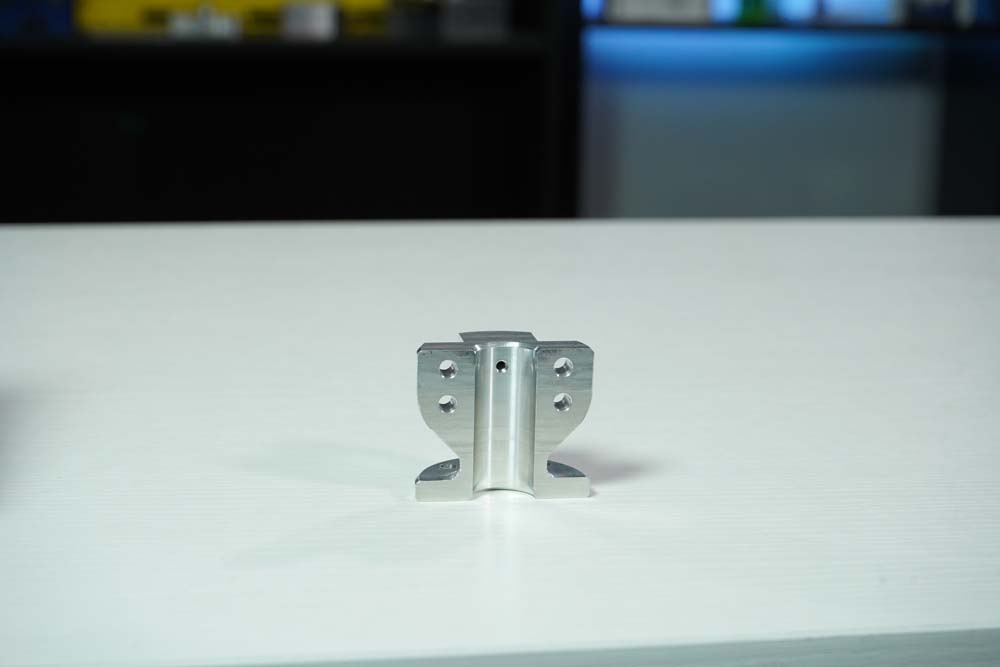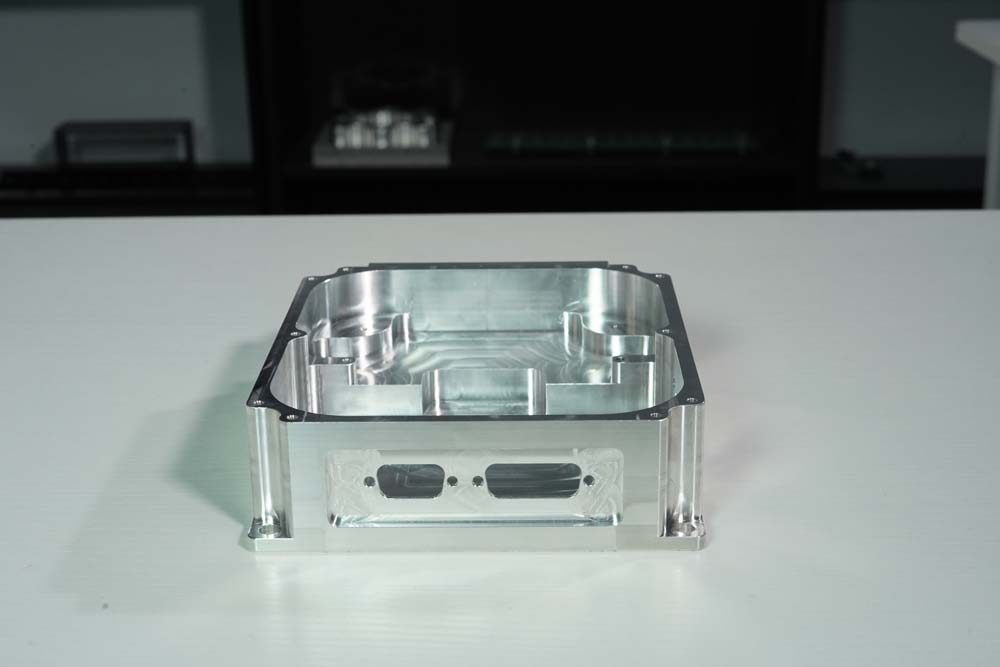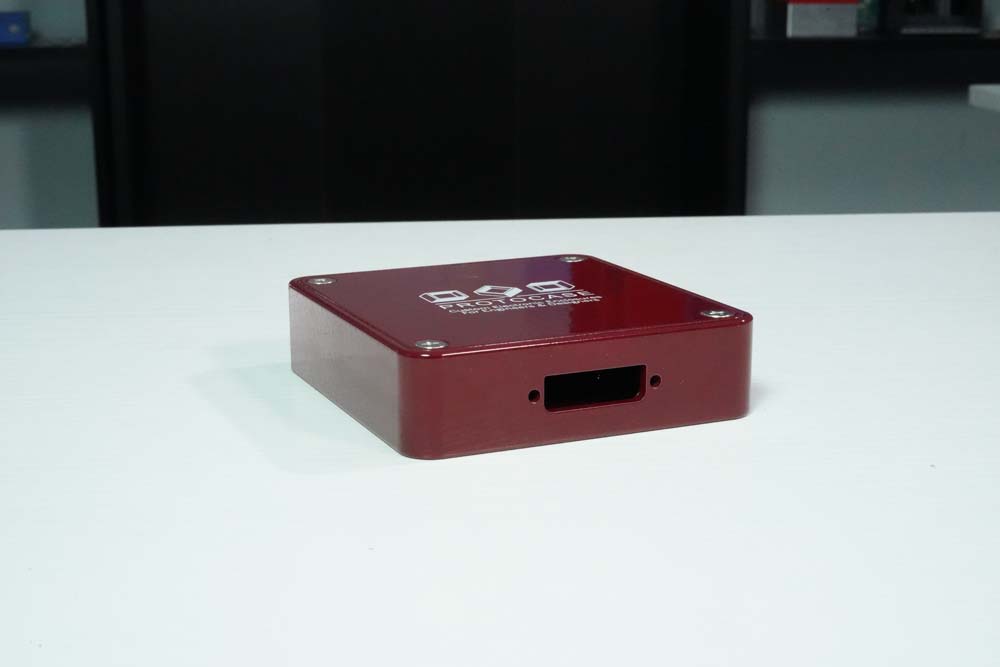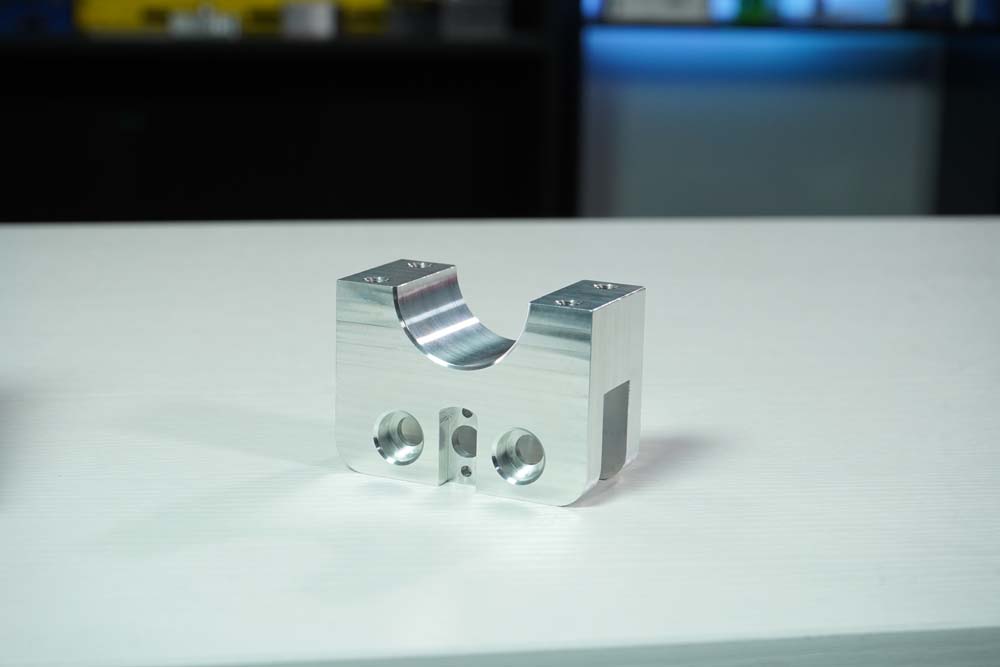CNC Machining Service
5-Axis & 3-Axis Machining
At CNCMass.com Industries, we specialize in the manufacturing of high-quality metal parts using a broad range of machining methods. With nearly 50 years of experience in metal fabrication, we leverage our extensive expertise and state-of-the-art technology to achieve success on every project. Our portfolio of computer numerical control (CNC) machines enables us to conduct a variety of highly accurate machining processes.
Parts Gallery







Our CNC Machining Capabilities
CNC machining facilitates the fabrication of a versatile range of metal parts with high levels of dimensional accuracy. CNCMass.com Industries uses top-of-the-line CNC mills and lathes to create metal parts for a variety of industrial applications. Our CNC process capabilities include:
- Milling. This process uses a computer-controlled rotating tool to cut shapes and dimensions into a metal part. There are a variety of rotating tools available to achieve different goals.
- Drilling. The drilling process uses a rotating cutting tool to create a hole in a stationary workpiece.
- Boring. This technique widens a hole by pressing a boring head tool in the hole.
- Turning. Turning rotates the workpiece and applies a stationary cutting tool to create cylindrical parts.
- Threading. Threading creates external threads on a workpiece using a die tool.
- Tapping. Tapping creates internal threads inside of a drilled hole using a tapping tool.
- Thread milling. Using a milling machine, threads of varying sizes can be produced by programming a helical cutting pattern into the machine.
- Knurling. A knurling tool is a V-shaped piece that creates a pattern on a cylindrical part. These patterns can be straight, diagonal, or diamond, based on specific part needs.
- Broaching. Broaching uses a long-toothed cutting piece known as a broach tool to create a variety of shapes in a metal part. These shapes include circles, squares, keyway, and other shapes that can be programmed.
- Counter-boring. Counterboring applies a specialized drill bit known as a counterbore to widen the top of a hole to a specific width and depth. This method is typically applied to allow flat screw and bolt heads to sit flush with a surface.
- Countersinking. Countersinking enlarges the rim of an existing hole in a conical shape to allow screws, rivets, or bolts with conical heads to sit flush with a surface.
- Pocketing. The pocketing process removes unwanted material effectively and in large quantities. Pocketing is often used just before finishing.
- Profiling. This vertical milling tool operates by moving a spindle laterally and at right angles, facilitating complex cuts on irregular profiles.
- Reaming. Reaming is a method for widening and finishing holes. A tapered cutting tool called a reamer is inserted into a drilled hole and used to widen the hole within remarkably close tolerances while also leaving a good surface finish.
- Parting. In the parting process, a blade is inserted into the metal and used to accurately cut the desired shape and dimensions. This method is commonly used to achieve complex cuts.
- Facing. Facing cuts perpendicular lines facing the axes of the milling machine.
Contact CNCMass.com For Your CNC Machining Needs
From a single prototype to high-volume blanket orders that span many months or longer, the key to our success is our ability to provide the same level of value and quality regardless of run size or design complexity. To learn more about all of our manufacturing capabilities, or to request a quote, contact us directly.
